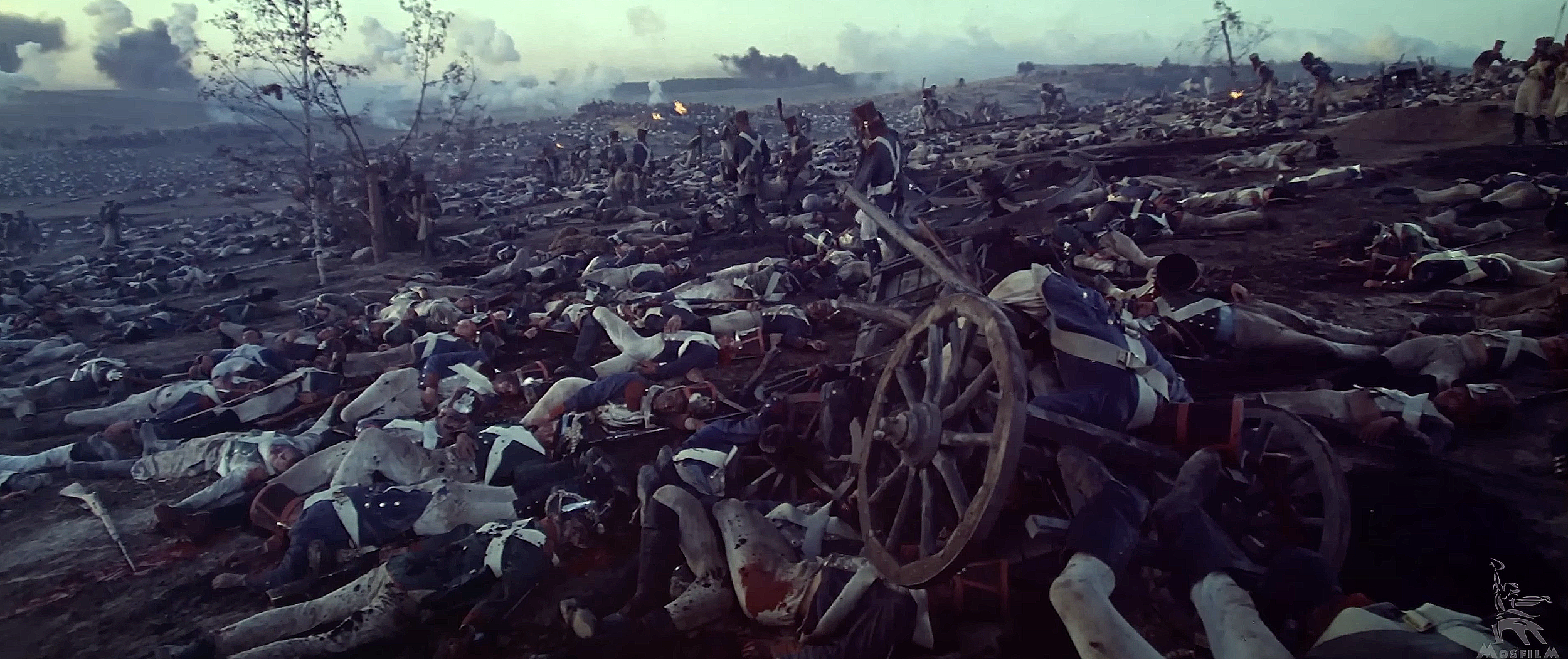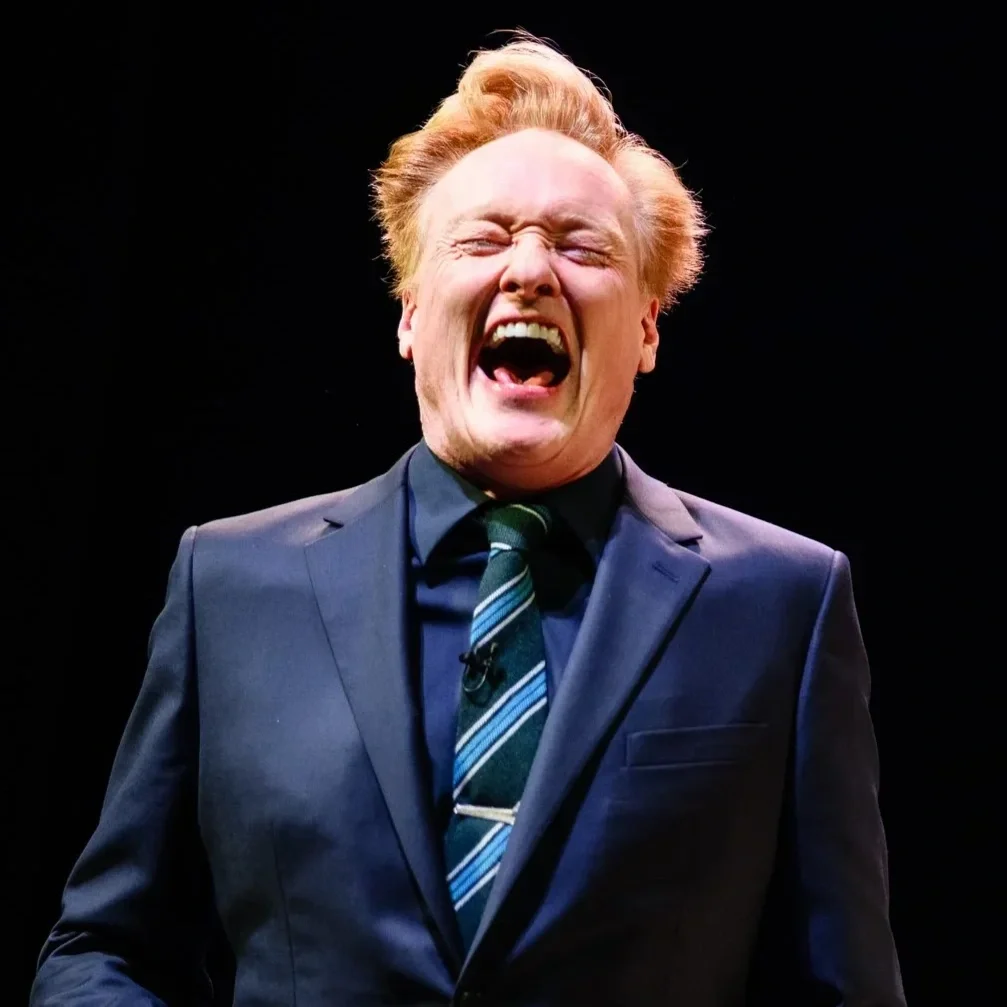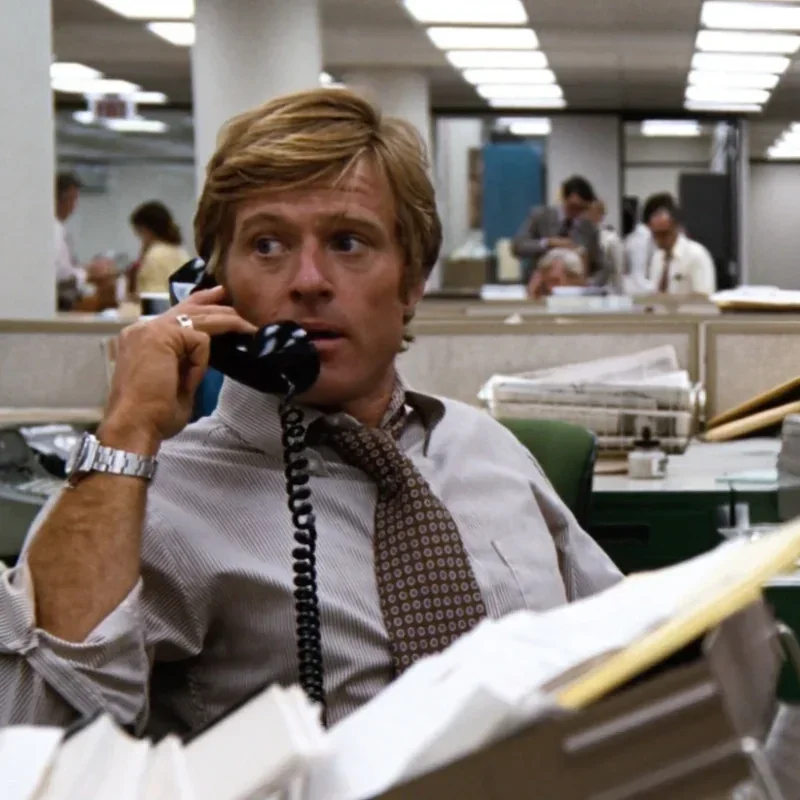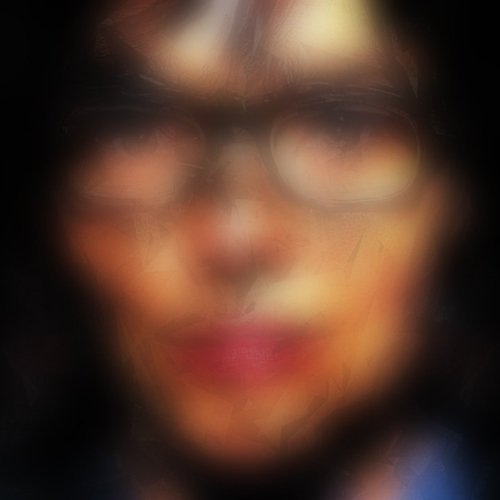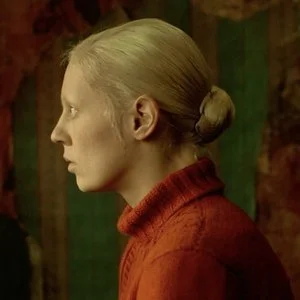More War Than Peace
Sergei Bondarchuk’s 4 War & Peace Films (1966-67)
When older generations say that they don’t make movies like they used to, they’re talking about Sergei Bondarchuk’s War and Peace films, released between 1966 and 1967. An absolutely breathtaking series of four individual movies spread out over seven hours, recounting in elaborate, authentic and highly orchestrated detail, Tolstoy’s epic tale of Russian aristocratic and military perspective during the Napoleonic invasion of the early nineteenth century. But epic doesn’t even come close to describing Bondarchuk’s films, which are enormous in scale, extraordinary in ambition, and astounding in depth. In short, they are a phenomenal example of precisely what the movies are all about, but also a sad archeological artifact of a craft lost to the digital frontier.
I’ve never read Tolstoy’s War and Peace, and if I’m honest, as I think many of us are too, was always intimidated by taking on a novel of such immense size. Often cited as one of the longest ever works of fiction (although there’s some historical dispute as to just how fictional the story actually is, mainly from Tolstoy himself), it tends to be a story a modern audience knows about because of its size, rather than actually being familiar with its substance. And like many nineteenth century novels, especially those of Austen, Bronte, Hardy and Thackeray, has been creatively adapted numerous times on television and in the movies, with varying degrees of license and success. Most notably the abomination of an adaptation from Hollywood in 1956, with a horribly miscast Henry Fonda as the lead protagonist Pierre, who can’t ever seem to shake off the cowboy drawl even in Napoleonic-era Russia, and Audrey Hepburn doing her utmost to hold things together as the ill-fated Natasha.
The origins of the production of the movies themselves are as fascinating as Tolstoy’s novel, and in many ways Bondarchuk’s series of films are the weaponized works of Soviet cultural reappropriation, and are a direct response to the west in showing the world just how powerful Russian film makers can be, with much of the unprecedented level of funding for the series coming directly from the state socialist government. Following the Hollywood production in 1956, there was another American-Italian produced version which was released in the Soviet Union to positive reception, but planted the seed of Russian reclamation of Tolstoy’s story to commemorate the 150th anniversary of the 1812 invasion, as well as use it as an opportunity to cement Soviet cultural and creative superiority in a time of an increasingly colder war with the west under Khruschchev. With strong governmental motivation to back such a project, and the seemingly inexhaustible resources which that would bring, Sergei Bondarchuk was brought on as director, the project put into development, and by early 1962 a party-approved script for initially three, and later four movies, was ready. Vyacheslav Tikhonov was cast as the lead in the first film, the eponymous Prince Andrei Bolkonsky, at the suggestion of a government official. In addition to directing, Bondarchuk himself would play the overall novel’s main protagonist Pierre Bezukhov, and the 19 year old Ludmila Savelyeva, who could easily pass as Hepburn’s Russian double, was cast as Natasha Rostova, whose story of love lost and found fills out most of the activity between the main battle scenes and set military pieces.
The first movie, already weighing in at over two hours, Andrei Bolkonsky, sets the cultural and military tone for the subsequent films, and introduces us to the interpersonal web of emotional conflicts present within a small but tight group within the Russian aristocracy of the early nineteenth century. The palatial events are grand, the meals even grander, and the set design is breathtaking. The eponymous Andrei’s dispatched to fight the French and takes part in the battles of Schöngrabern and Austerlitz. He’s badly wounded, and mistaken for dead, foreshadowing an actual death towards the end of the series itself after lingering for most of what happens over the next few years. Pierre gets married, but his marriage falls apart after his wife is found to have been unfaithful. But it’s the enormous set pieces of both battles which are the main attraction. The sheer scale of the tens of thousands of soldiers and cavalry lent by the Soviet government to the production creates an authenticity unmatched ever since. When we see enormous numbers of troops on the move, far in the distance, they are real. And it’s these vast shots across the battlefields, drenched in blood, smoke and the death of thousands, which truly brings the era to life with what we conclude to be incredible historical accuracy. The camera follows the twists and turns of the day’s events, especially at Austerlitz, and we’re treated to the inner monologues of both generals, as Bondarchuk would later double down on with 1970’s Waterloo. The camera follows the cannon shells from firing to impact, gives us close-ups of the horror of mass death, and truly pulls us into that world with visceral reality. And while as the audience we side with the Russians against the invading French, there is heroism and sacrifice on both sides. The movie ends in bleak disarray, with the French threatening to edge closer to Moscow, and Pierre, Andrei and Natasha’s lives in increasing jeopardy.
If Andrei Bolkonsky is more War than Peace, then the second installment, Natasha Rostova is still war, but of a very different kind. It opens on one of the most lavish balls ever captured on film, where Andrei meets and falls in love with a debutante Natasha. After a brief courtship, they decide to marry but are forced to wait a year by Andrei’s father. Andrei travels overseas, but both find the situation unbearable, especially Natasha, who in a moment of weakness meets the equally handsome Anatole (who Pierre’s wife had slept with, oh the intrigue!), where she renounces Andrei and decides to elope. Discovering what’s been going on while he’s been away, Andrei calls it all off, at which point Natasha suffers a nervous breakdown. With Anatole having brought chaos to both their lives, Pierre comforts Natasha and declares that he loves her. So Natasha Rostova is still war, but an emotional one between family, obligation, societal expectation and the undeclared affection for the one you can’t have. It’s much shorter than the first installment, but true to many Soviet-era cinema, the shots linger uncomfortably long, the glances last an eternity, and even short walks from one side of a room to another seem to really take their time, especially for modern audiences. But that’s what makes them all the more authentic. You can feel the characters wrestling with their moral dilemmas. You can hear their hearts break. And you can (as I did) very easily join them in their tears at loves lost.
Part three, The Year 1812, is the shortest, but easily most intense and incredibly produced of them all. Only 84 minutes long, and over an hour shorter than Andrei Bolkonsky, it centers around Napoleon’s invasion of Russia, and the epic confrontation with the Russian army at the Battle of Borodino, where the Russian army is forced to retreat, leaving the prize of Moscow open for the French to take. Pierre, dressed in his gentleman’s finest, assists a brave artillery battery, where Andrei, seemingly a magnet for shells, is severely injured again. Epic doesn’t even begin to describe what Bondarchuk commits to his 70mm widescreen celluloid. The battle rages far off into the distance, with hundreds of thousands of extras, thousands of horses, and hundreds of cannons all embroiled in the fog of war. The cinematography is amazing, as of course is the phenomenal task of the authentic costume design at such scale.
Knowing that the films were shot in 1966, before any material digital technology existed, and using on the most primitive of editing techniques to combine shots together for more narrative context than anything else, brings an extraordinary authenticity to everything, and the awe we feel at the sheer effort of it all is staggering. Co-ordinating such scenes, which were often shot many times over, across hundreds of thousands of moving pieces, is an incredible achievement, one which earned the series both a Golden Globe and an Academy Award for Best Foreign Language Film in 1969, the first Soviet picture ever to do so. At the time it was also the longest film ever to receive any Academy Award. Such small accolades seem immaterial to the work itself.
The series concludes with Pierre Bezukhov, which focuses on the French sacking of a deserted Moscow, and the catastrophic French retreat during the winter of 1812/3, which would decimate the French military and ultimately lead to their defeat at Waterloo three years later. Aside from the stunning cinematography of an entire city burning as tens of thousands of its residents flee, we are treated to one last battle at Krasnoi, where the French are finally defeated by the Russians. Through it all, Natasha, now a much more mature and worldly refugee, reconciles with the crippled Andrei, who becomes delirious on his deathbed and forgives her infidelity. There are some wonderful dream sequences, which were closely inspired by the several heart attacks Bondarchuk himself suffered during the production. The bare white walls of the room Andrei finds himself in at the point of death was directly inspired by his own experience of being clinically dead for several minutes and experiencing the common ‘white light’ often reported in such circumstances. Pierre, having survived a horrific sequence of French butchery at the hands of a firing squad, also reunites with Natasha, and we close with the hopeful scenes of a new Moscow being rebuilt.
To binge watch the film in its entirety will take you close to eight hours with no bathroom breaks. But when you get to the end, and as the wonderful Russian Cyrillic script scrolls through the briefest of credits, the sense that you’ve seen a movie like no other is palpable. And to modern audiences, a movie we’re unlikely ever to see again. The enormous cost of production and sheer manpower to even put these images on camera in the real world is phenomenal, but an art I think sadly lost to the algorithmic compositions of the digital editing suite. There simply was no ‘we’ll fix it in post’ for Bondarchuk. No green screens, no special effects, no industrial light and magic to lean on. Just one of the world’s most incredible and epic stories, a fearless director, the overwhelming, bottomless faith and resources which come with cultural hegemony, and the grit, determination and absolute perseverance to do justice to a Soviet great.
Bondarchuk would go on to direct 1970’s Waterloo, and bring a close to Napoleon’s reign in the muddy, bloody fields of Belgium, and as epic as Waterloo is, it’s not anywhere near the scale and effort of War and Peace. Waterloo was more broadly distributed in the West, with War and Peace languishing as a ‘foreign film’ for decades, and commercially challenging given its length, content and reliance upon subtitles. When watching Waterloo, all the DNA from War and Peace is there. Many of the same shots, camera angles and editing techniques are used. But War and Peace is by far the superior experience, and in an era where binging is in vogue, you can do no better than spending a day in the emotional chaos and confusion of Tolstoy’s Russia.
War and Peace is currently streaming on The Criterion Channel.










